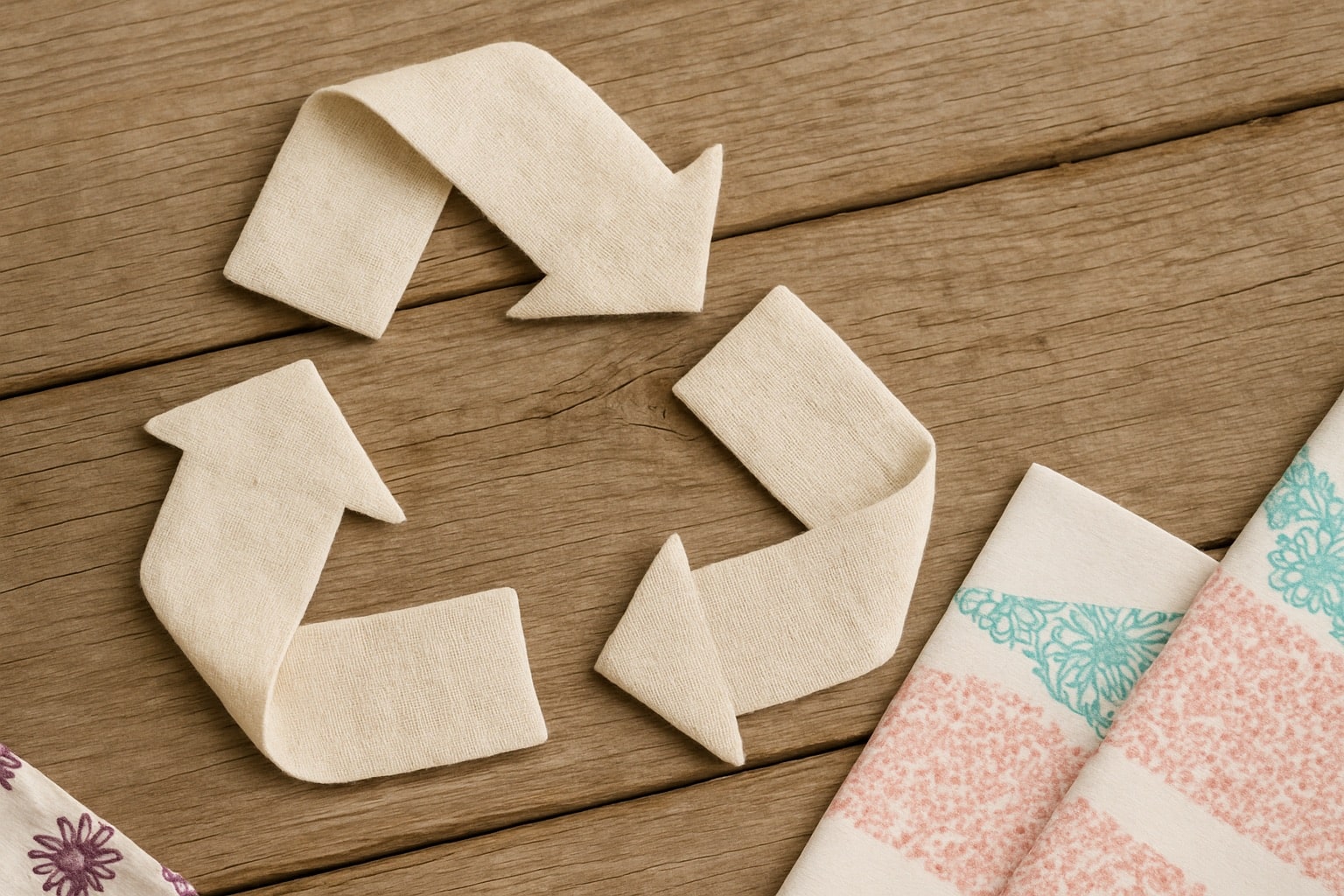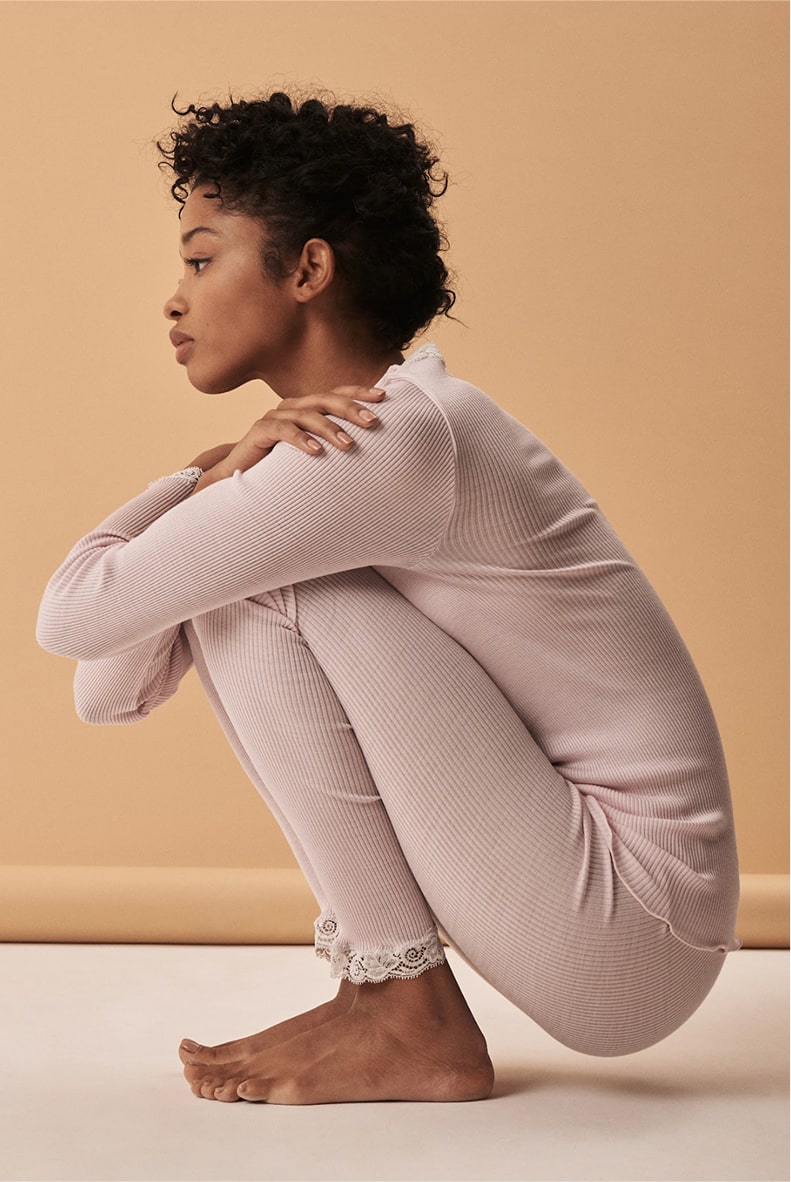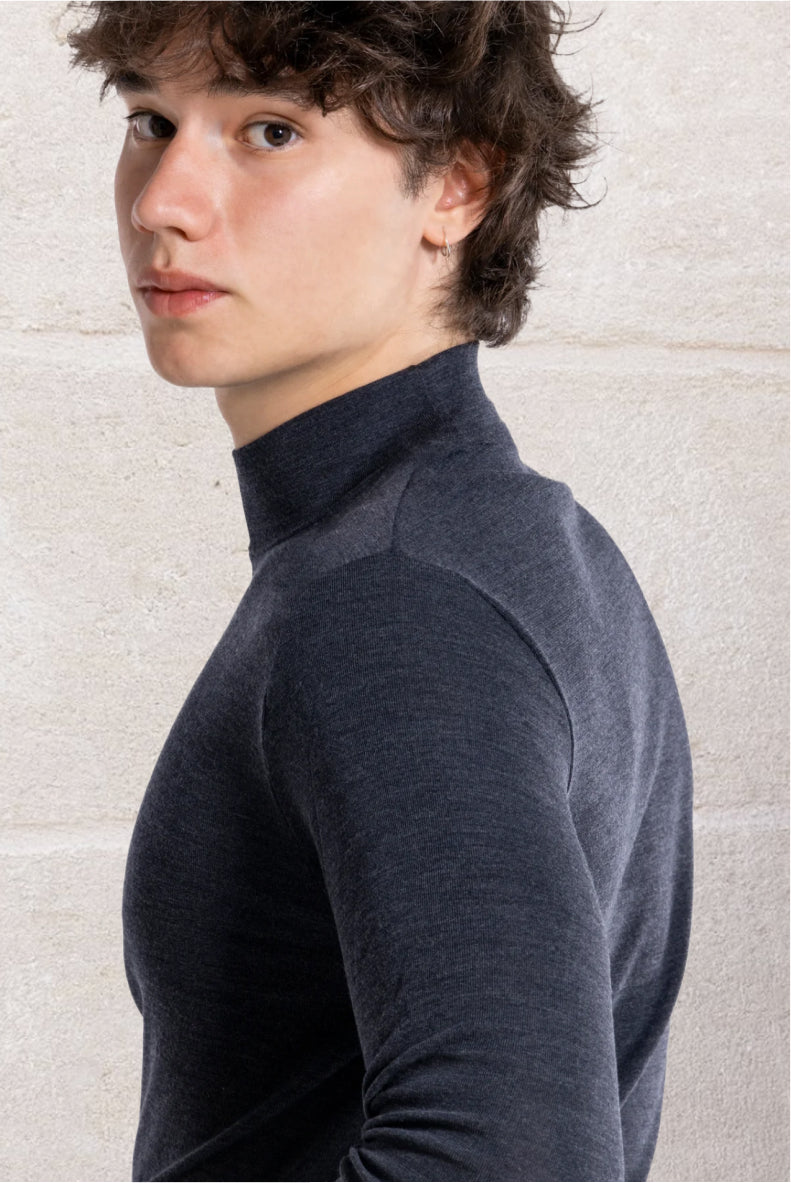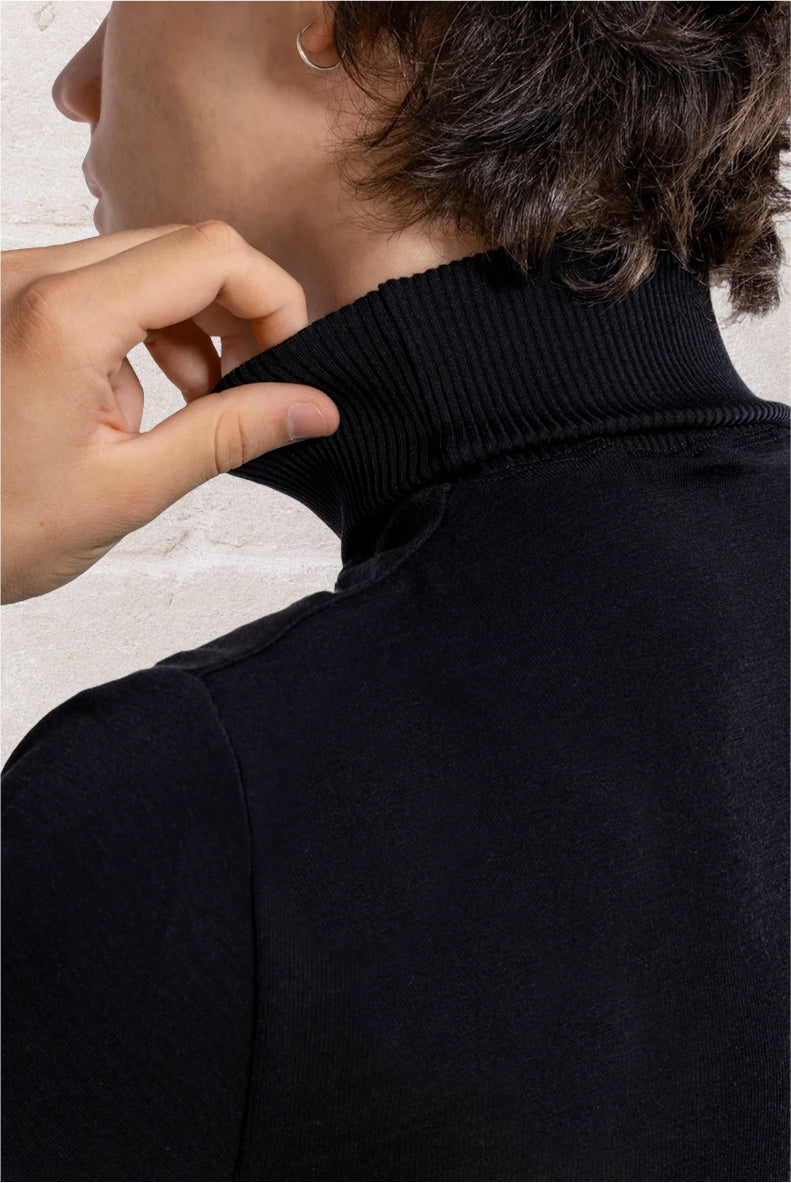
Circular fashion is the future of conscious dressing
We’re used to thinking of fashion as an expression of aesthetics and personality, a matter of style and even belonging to a community. But today, with the planet and all of us facing limited resources, fashion is called to take on a greater role: to become conscious, responsible and regenerative. This is where circular fashion comes in, an innovative vision that puts quality, durability, and ethics back at the heart of what we wear.
In this article, we’ll take you on a journey through definitions, best practices, and new perspectives to truly understand what circular fashion means. We’ll start with its core principles and why this new paradigm matters, then explore the choices that make a garment fairer, cleaner, and longer-lasting.
You’ll also discover how Oscalito brings these principles to life through everyday actions, using natural fibres, ensuring full traceability, and recycling production waste. If you believe in a way of dressing that respects your skin, your time, and the Earth, this article is for you.

Index
- Rethinking fashion to build a better future
- Shaping circularity: from fibre to supply chain
- The Oscalito model: zero waste, timeless quality
- The value of a conscious choice
Rethinking fashion to build a better future
The clothing industry is among the most impactful in the world. But there’s a tangible alternative: circular fashion, a sustainable, intelligent approach that redesigns every stage of the supply chain. Before understanding how it works, we need to understand why change is necessary.
The consequences of fast fashion
More than 150 billion garments are produced every year worldwide, a figure that alone reveals the broken logic of a failing system. According to the Ellen MacArthur Foundation, around 73% of these items end up in landfills or are incinerated at the end of their life. Nearly half are never even sold. This is the paradox of fast and ultra-fast fashion: a production chain designed to burn through value, chasing fleeting trends and creating lightning-fast collections at the expense of quality, the planet, and workers’ dignity.
Clothes are designed to cost little and last even less: made from synthetic fibres, non-recyclable material blends, and with rough, cost-cutting production practices that push the financial burden onto those who make them. The result is one of the world’s most polluting industries, second only to oil, responsible for 10% of global CO₂ emissions and a massive waste of water, energy, and land. The price is paid not only by the environment but also by people and biodiversity.
A revolution in motion
Fashion, once born as an expression of personality, culture, and freedom, has been reduced to a disposable commodity. But change is underway. More and more consumers are asking where their clothes come from, who made them, with which materials, and at what cost. Because today, fashion can no longer be just “beautiful.” It must also be fair. It must last. It must communicate something about the values of those who choose it.
This is where circular fashion comes into play, an alternative and necessary model that redefines the very concept of waste. Circular fashion doesn’t produce to accumulate; it produces to regenerate. Each garment is designed to last, to be repaired, transformed, reused, or recycled without losing value. It’s a system that starts with fibres and extends all the way to post-consumer care, redesigning the entire supply chain: from the selection of raw materials to design, from production to use, and finally, to end-of-life recovery.
Circular fashion is sustainable fashion, but it goes further: it examines the complete life cycle of a product. It is ethical fashion because it’s built on respect for people and the land. And it is smart fashion because it belongs to the circular economy, a model that drastically reduces environmental impact, maximises efficiency, and promotes innovation, transparency, and accountability.
Shaping circularity: from fibre to supply chain
Circular fashion isn’t an abstract concept. It’s a practice that begins long before a garment is worn. It starts with the choice of fibre, continues with thoughtful garment design, takes shape through a responsible supply chain, and finds fulfilment in the lasting relationship with the person who wears it. Every stage is interconnected.
It all begins with raw materials: choosing natural, renewable, biodegradable, and traceable fibres means reducing environmental impact at its source. But that’s not enough. Garments must be designed to last, to be easy to repair, disassemble, and recycle, without incompatible blends or unnecessary accessories that make reuse difficult. This also means working with modular design, avoiding forced seasonality, and ensuring full transparency about composition.

Circularity also takes shape in the intelligent recovery of resources and waste, in the careful selection of suppliers, and in prioritising local production. It grows stronger every time a company decides not to follow the logic of planned obsolescence, but instead creates lasting, real, measurable value.
In this vision, fashion stops being just a product and becomes a project, one that involves designers, technicians, artisans, and even customers. A project that requires time and attention, exactly what it takes to dress for the present without compromising the future.
The Oscalito model: zero waste, timeless quality
Circular fashion is much more than a sustainable idea, it’s a practice built on precision, care, and consistency. For Oscalito, it has always been the norm. Every garment is created inside our historic Turin facility, where production is fully verticalised, and every stage, from fabric to finished product, is managed in-house. This is where circularity becomes a tangible reality.
Only noble, natural, and recyclable fibres
We select only noble, natural, traceable, and biodegradable fibres, including silk, Egyptian Makò cotton, and Merino wool. These fibres ensure comfort, breathability, and durability, but above all, respect: for the body, for the environment, and for the people who grow and process them. Each fibre is chosen for its intrinsic value and its ability to enter a virtuous cycle, from its first use to potential reuse, reflecting a production philosophy deeply rooted in responsibility and quality.
Recycling textile waste
Every stage of production generates leftover material. But for us, this doesn’t become a waste. Textile scraps are carefully collected and sorted, then sent to specialised organisations that transform them into new raw materials. In 2023, 100% of our production scraps were recovered, a result born not from a last-minute “green” trend but from a deeply rooted philosophy: never waste what has value. It’s a way of producing that looks to the future with responsibility and industrial intelligence.

A short and traceable supply chain
Choosing where materials come from is one of the most powerful actions a company can take. We work with a network of carefully selected suppliers based on proximity and transparency: 88% are Italian, and 60% are from the Piedmont region. This not only reduces emissions linked to logistics but also supports local craftsmanship, builds strong relationships, and ensures stricter controls throughout the entire chain. To complete the picture, RFID technology applied to every garment allows us to trace its journey in detail, from raw material to finished product.
In this production model, every step aligns with the vision of fashion designed to last, gaining value and beauty over time. We believe that beauty, when born from respect and care, never goes out of style.
The value of a conscious choice
Circular fashion doesn’t end with how a garment is designed or produced. It truly begins when it’s purchased, worn, and cared for. That’s where the transformation happens, when the wearer recognises its value and its story.
Buying less and better, always with awareness. Taking care of garments, making them last, repairing them when needed. Rediscovering the beauty of choosing pieces that truly represent us, that reflect our values, and that accompany our everyday lives with coherence, without the need for excess or constant replacement. In this way, those who choose circular fashion become part of an important social and environmental gesture.
Every garment we create is made to last, but it’s the person who wears it who gives it true value. It’s in the daily act of wearing, caring for, and respecting a piece of clothing that circular fashion finds its fullest meaning. Because every choice, even the smallest, simplest one, can spark a real green revolution.







